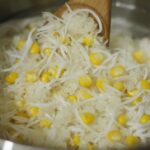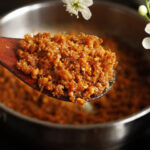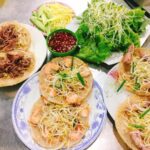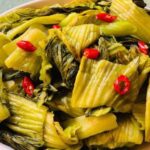Vietnamese cuisine boasts an array of delectable specialties, but indulging in these delights is not always an easy feat. The dining experience can be time-consuming and even leave diners with tooth fatigue and a dizzying sensation. Yet, despite these challenges, many patrons find themselves irresistibly drawn to these dishes, returning time and again for more.
Gía Bể
While famous specialties like bánh đa cua, bánh mì cay, and pate Cột Đèn have put Haiphong on the culinary map, there’s a lesser-known delicacy that is equally intriguing: giá bể stir-fry.
Giá bể, also known as giá biển, is a bivalve mollusk with a dark green shell. Resembling a clam in shape but no larger than a thumb, it burrows deep beneath the sandy seafloor, exposing only its 4- to 5-centimeter-long “legs.” This resemblance to bean sprouts (giá đỗ) lends the mollusk its name, giá bể. While it can be harvested year-round, the peak season for this delicacy spans from June to September, with fresh giá bể fetching a price of around 150,000 VND per kilogram.
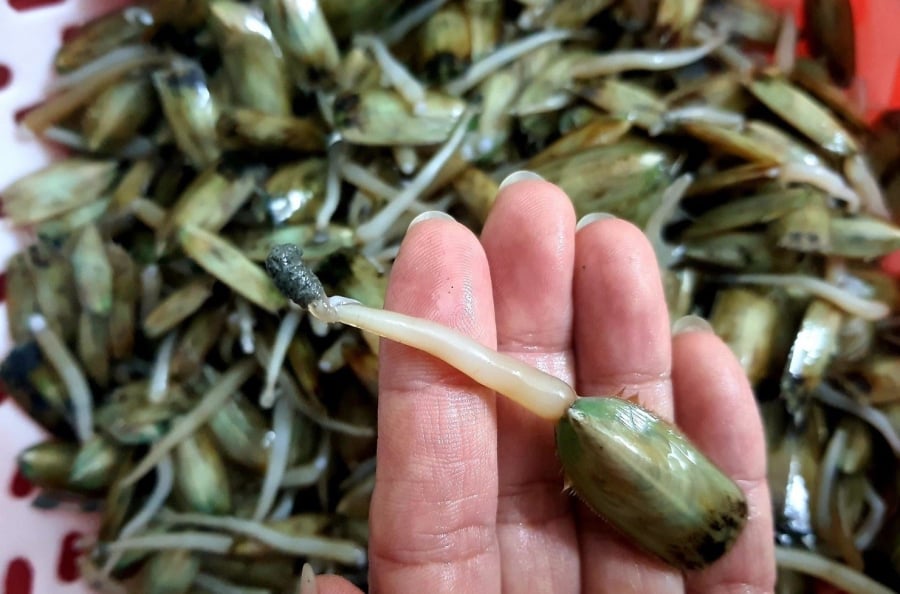
Giá bể, a bivalve mollusk with a dark green shell, resembling a small clam
Haiphong’s Department of Tourism has recognized the allure of giá bể stir-fry, including it in the city’s culinary map. To indulge in this tantalizing treat, head to the food court at Lương Văn Can Market in Máy Tơ Ward, Ngô Quyền District.
A bowl of giá bể stir-fry typically costs between 25,000 and 30,000 VND. The dish is served hot, with a sprinkling of chopped herbs. The “legs” of the giá bể are separated and can be enjoyed as a crunchy, chewy snack, while the body, still encased in its shell, requires a bit of finesse to extract the tender, flavorful meat within. The sweet and nutty taste of the meat blends beautifully with the tangy sauce, redolent with the aromas of turmeric, ginger, and lemongrass, creating an unforgettable culinary experience that deftly masks any hint of fishiness.
Despite the relatively soft shell, dining on giá bể demands a certain level of dexterity and patience. However, those who have braved this culinary adventure are often enticed back for more, unable to forget the unique flavors and textures.
Ốc Ruốc
When it comes to affordable and versatile seafood, snails (ốc) are a beloved choice in Vietnam. Among the myriad varieties, from ốc hương to ốc mỡ, there’s a tiny snail that stands out for its minuscule size and the patience it demands from diners: ốc ruốc.
Also known as ốc lễ or ốc lể, these snails are predominantly found along the central coastal regions, particularly in Quang Nam and Phu Yen provinces. Unlike other snail species, ốc ruốc is seasonal, with its harvest period typically spanning from January to June on the lunar calendar.
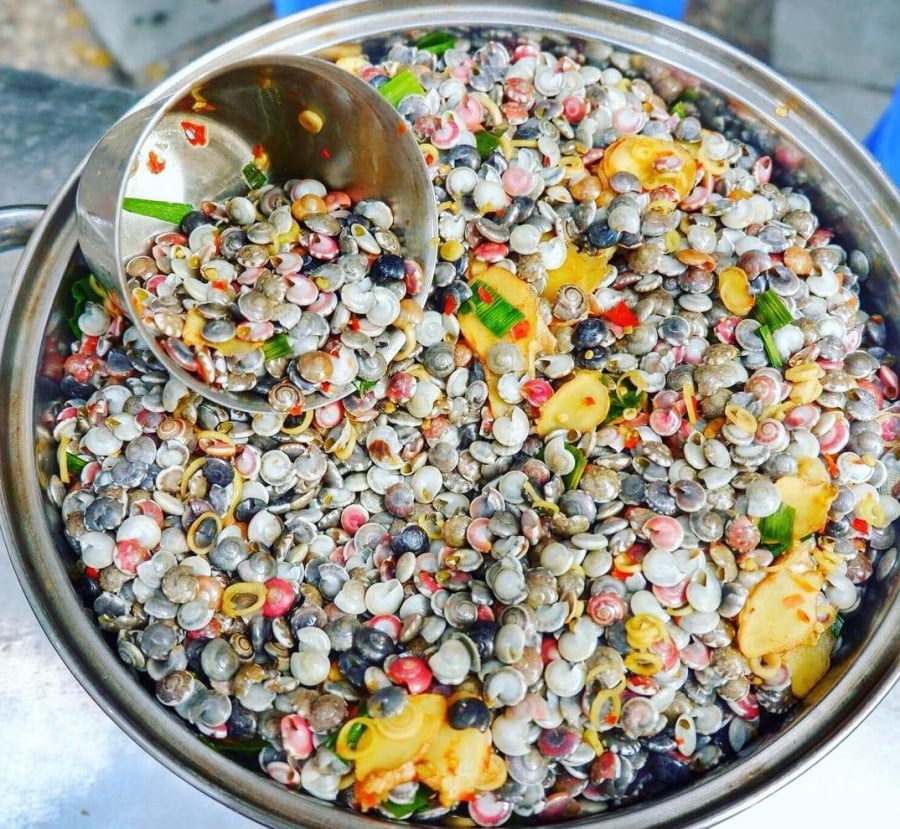
Ốc ruốc, small snails found along the central coastal regions of Vietnam, especially in Quang Nam and Phu Yen
Departing from the usual boiling preparation of snails, ốc ruốc is typically stir-fried with lemongrass and chili, creating a spicy and aromatic dish. To eat, diners use the thorns from citrus trees, such as lemon, grapefruit, or pomelo, to gently pluck out each tiny snail without breaking it. While the meat may be scant, it delivers a sweet and distinct flavor of the sea.
The enjoyment of ốc ruốc is a highly individualized experience. Some prefer to eat the snails one by one, while others patiently pick a batch before indulging. Regardless of the approach, consuming these snails demands dexterity and patience.
Sold by the can, the price of ốc ruốc varies according to size: larger snails cost around 60,000–70,000 VND per can, medium-sized ones go for 40,000–50,000 VND, and the smallest snails are priced at 15,000–30,000 VND. Despite the higher price tag and the intricate dining process, patrons gladly pay for the unique flavor experience.
Khoai Deo
Sweet potatoes (khoai lang) are a humble staple, often grilled, boiled, or fried. However, in Quang Binh, this root vegetable takes on a unique form: khoai deo.
The key ingredient for khoai deo is red sweet potatoes grown in the white sandy soil of Hai Ninh commune, Quang Ninh district, Quang Binh province. These potatoes resemble ginseng roots and are cultivated in fine sand. Transforming them into khoai deo involves a meticulous process of sun-drying, washing, boiling, and further sun-drying to create a durable and flavorful treat.
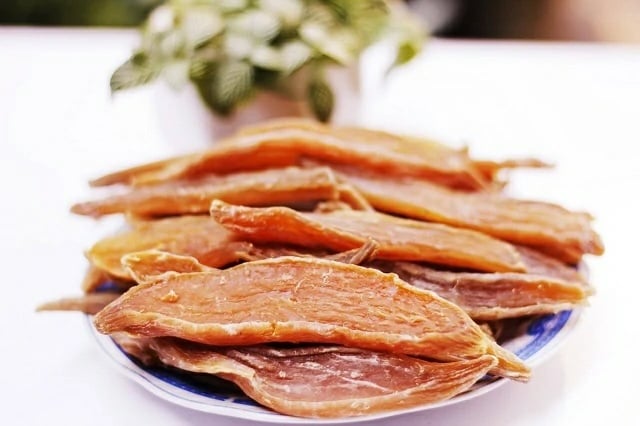
Red sweet potatoes, the main ingredient for khoai deo, grown in the sandy soil of Quang Binh
The crafting of khoai deo is a laborious endeavor, requiring approximately 12 days of sun-drying and 3 days of blanket-wrapping. The potatoes are then boiled, cut into small pieces, and sun-dried for another 12 days to achieve the desired consistency.
The final product is dry yet chewy, resembling malt in its golden hue and honey-like sweetness. When savored, the initial bite may seem hard, but as you slowly chew, the potato softens, releasing its sweet flavors.
Kẹo Cu Đơ
For a sweet treat, look no further than kẹo cu đơ, a peanut candy that masterfully blends sugar, molasses, malt, ginger, and peanuts, sandwiched between two layers of rice paper and sprinkled with black sesame seeds.
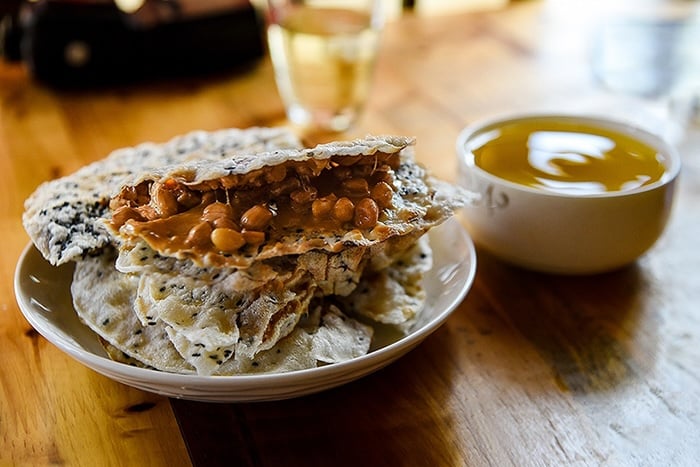
Kẹo cu đơ, a peanut candy with a perfect blend of sweet and nutty flavors
This confectionery delight offers a harmonious balance of sweetness from the sugar and molasses, complemented by the nutty goodness of peanuts. It can be enjoyed on its own or paired with tea. Characterized by its stickiness and chewiness, kẹo cu đơ tends to cling to teeth, prompting a leisurely pace of consumption. While the candy may leave your jaws slightly fatigued, the slow release of sweetness on your palate makes it well worth the effort.
The Ultimate Guide to Cooking Mouth-Watering Shrimp Paste Meat
“Embark on a culinary adventure with this delectable dish, as we unravel the secrets to creating a mouth-watering masterpiece – Crispy Pork Belly with Shrimp Paste. This culinary delight is an explosion of flavors, a harmonious blend of tender pork and the umami-rich shrimp paste, creating a sensory experience like no other. Prepare to be whisked away on a flavorful journey with every bite, as we guide you through the art of crafting this exquisite delicacy.”
The Underground Food Market in Hanoi: A Culinary Adventure for Just 50,000 VND
The food court within the market is a bustling hub during lunchtime, attracting a steady stream of diners with its tantalizing array of affordable delights. From the classic Vietnamese duo of bún đậu mắm tôm and nộm bò khô to comforting bowls of phở and cháo, this culinary hotspot has something to satisfy every craving.

























